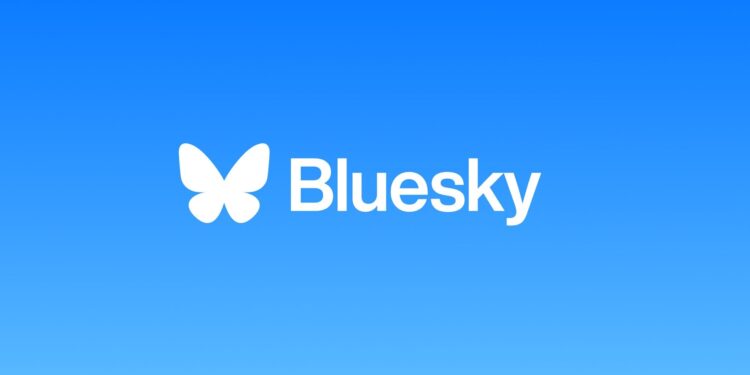Bluesky is missing a key opportunity to clarify that its network extends beyond just the Bluesky social app.
Recently, numerous headlines have questioned whether Bluesky’s growth is stagnating, if the platform has turned into a left-leaning echo chamber, and even if its users lack a sense of humor. Investor Mark Cuban, who backed Skylight—a video app based on Bluesky’s AT Proto protocol—expressed frustration over what he perceives as an increase in hateful replies on the platform.
“Engagement went from great conversations on many topics to a situation where you must agree with me or be labeled a ‘nazi fascist,’” he posted on Bluesky, suggesting that this environment is pushing people back to X.
While replies on Bluesky may not be as overtly racist as those on Twitter, they are still notably hateful. Cuban remarked that conversations have shifted from diverse topics to divisive rhetoric, contributing to a trend of users returning to X.
Elon Musk and X CEO Linda Yaccarino have capitalized on this unrest, with Musk labeling Bluesky users as “super judgy hall monitors” and Yaccarino asserting that X is the “true” global town square.
This debate is not unexpected. Without a focused effort to showcase the broader network of apps built on the open protocol that Bluesky has pioneered, it was inevitable for the platform to be pigeonholed as a liberal alternative to X.
This characterization, however, overlooks the full scope of what Bluesky is developing and could hinder its future growth if not addressed.
Many of Bluesky’s early adopters left X due to dissatisfaction with Musk’s leadership and the platform’s rightward shift. Following the November elections in the U.S., Bluesky experienced a surge in users, growing from over 9 million in September to nearly 20 million by mid-November. Today, Bluesky boasts more than 36.5 million registered users.
As discussions around news and politics became prevalent, they shaped the network’s tone. This can pose challenges, as partisan platforms like Telepath and Parler have struggled to compete with X.
Bluesky’s Broader Potential
What’s often missed in the current discourse is that the Bluesky social app is just one example of what the AT Proto ecosystem can achieve. Users unhappy with Bluesky’s tone can switch to different apps, customize feeds, or even create their own platforms using the technology.
The protocol is already being used to develop tailored social experiences, such as Blacksky, which serves the Black community, and Gander Social for Canadian users. Feed builders like Graze and Surf allow users to curate content based on their interests, excluding unwanted topics.
ICYMI: 5 Ways sports and physical activity help men combat stress and anxiety
Bluesky and third-party clients feature tools that let users select default feeds and add others that interest them, enabling a personalized social experience.
In essence, Bluesky is designed to be adaptable, allowing users to consume content in their preferred format.
Beyond Bluesky itself, the AT Protocol supports a variety of applications, including photo and video-sharing platforms, livestreaming tools, and more. Other tools, like Openvibe, enable users to combine feeds from various social networks, enhancing content discovery across platforms.
While Bluesky’s team may not directly build these other applications, promoting the existence of this broader network will bolster Bluesky’s brand. It highlights that Bluesky is not merely a Twitter alternative; it is part of a larger, interconnected social ecosystem based on open technology, which surpasses the goal of replicating X.


























